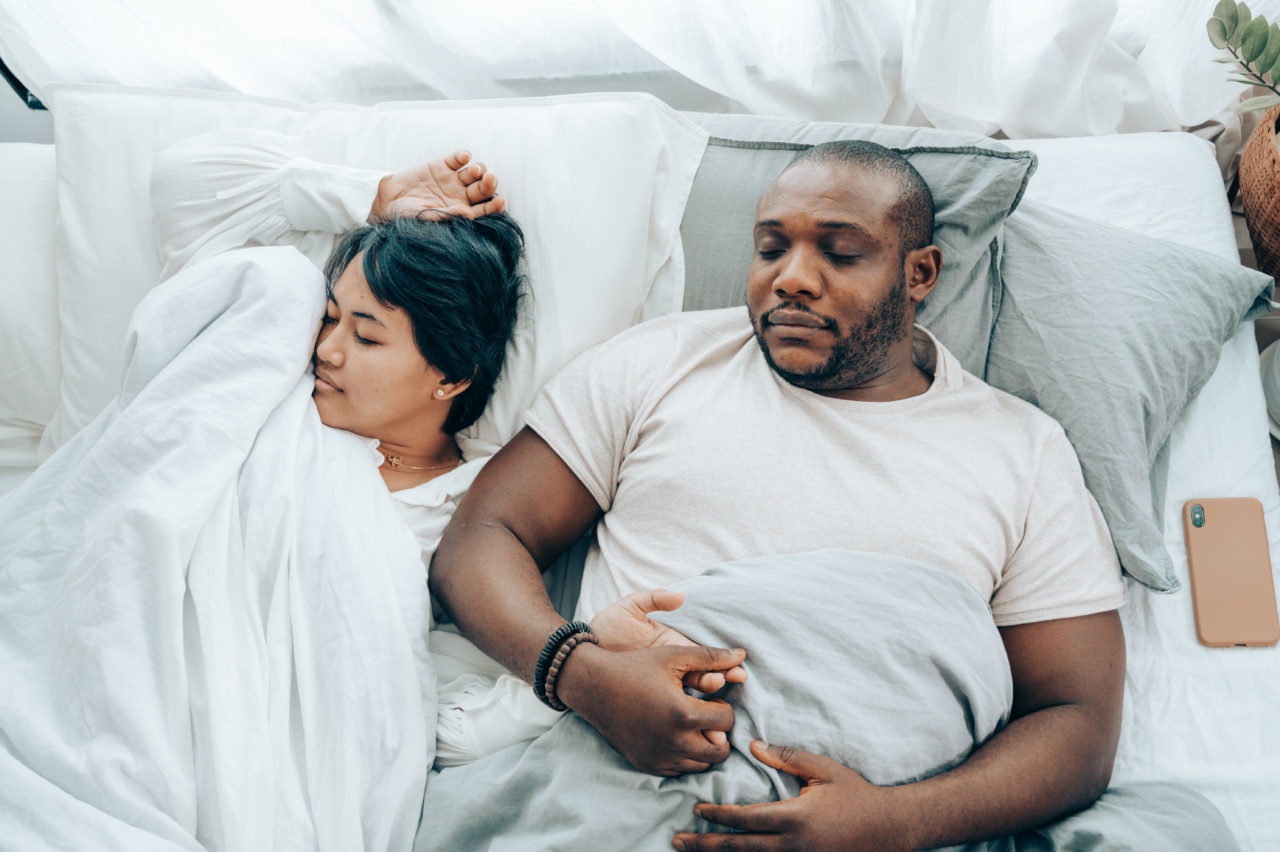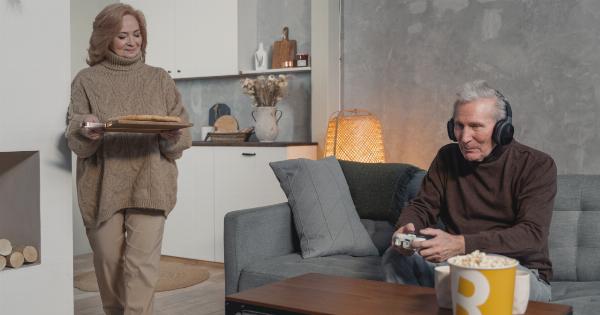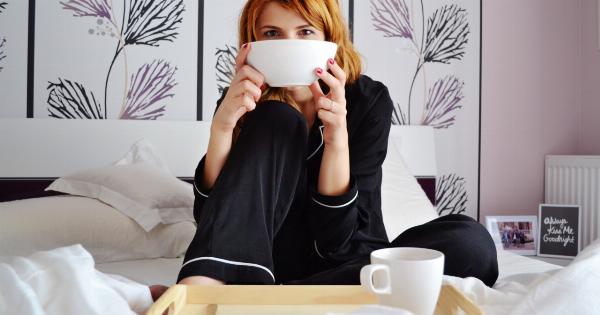Getting a good night’s sleep is crucial for our health and wellbeing. Sleep helps our body heal and recover from daily stress and allows our brain to rest and recharge.
Similarly, a lack of sleep can lead to negative consequences such as a weakened immune system, mood swings, memory problems, and difficulty concentrating. Therefore, it is important to practice calming techniques to help us achieve a good night’s sleep. The following are ways to achieve this goal:.
Establish a Sleep Routine
Our body has an internal clock that regulates our sleep-wake cycle. By going to bed and waking up at the same time every day, we train our body to know when it’s time to sleep.
Establishing a sleep routine helps create a sense of consistency and can help improve the quality of our sleep. Consistency is key, so avoid deviating from your routine on weekends or during vacations.
A Peaceful Sleeping Environment
Creating a peaceful sleeping environment is essential to achieving a good night’s sleep. A peaceful sleeping environment consists of a cool, quiet, and dark room.
Invest in blackout curtains to block out light, earplugs to silence noise, a comfortable mattress and pillows, and set the temperature between 60-67 Fahrenheit.
Avoid Foods that Keep You Up
Eating foods that stimulate the brain can lead to difficulty sleeping. Foods to avoid include caffeine, alcohol, and spicy foods. Caffeine is a stimulant that can keep you awake, so avoid coffee, tea, and soda before bedtime.
Alcohol might help you fall asleep initially, but it can cause you to wake up during the night making it difficult to stay asleep. Lastly, spicy foods create issues with indigestion or heartburn which can keep you awake.
Relax Your Mind
Pre-sleep relaxation techniques help calm down an overactive mind. Strive to create a relaxing environment in preparation for bedtime. Try reading, taking a bubble bath, meditation or listening to calming music.
Avoid doing anything that makes your adrenaline pump, such as arguing with someone or intense exercise, right before bedtime.
Exercise Regularly
The body revels in movement and exercise is a great way to release built-up tension and energy. Exercise helps to prepare the body for sleep which results in it feeling more beneficial.
It is best to avoid exercising right before bedtime because it increases the heart rate and metabolism.
Practice Deep Breathing
Deep breathing exercises are a great way to calm the mind and body. The rhythm of deliberate inhaling and exhaling calms the mind and helps to induce relaxation.
Try inhaling for a count of 4 and exhaling for a count of 6 for about five minutes before bedtime.
Use Aromatherapy
Aromatherapy refers to the use of essential oils to improve physical and emotional well-being. Use of lavender essential oil is a great way to improve your quality of sleep.
Researches have shown that lavender oil can improve sleep quality in people of all ages. Dilute lavender oil with a carrier oil like almond oil or apply a few drops of oil in a diffuser before going to bed.
Avoid Electronic Devices
Using electronic devices before bedtime is detrimental to quality sleep. The blue light that electronics emit affects the production of the hormone melatonin, which helps regulate our sleep-wake cycle.
This can result in difficulty falling asleep or staying asleep. Try to keep away from electronic devices for at least an hour before sleeping.
Journaling
Writing down your thoughts, plans, and ideas before bed can help clear your mind of nagging thoughts. Journaling helps keep your thoughts organized and helps you feel more relaxed.
If you write down a to-do list for tomorrow before bedtime, you will feel less anxious about what needs to be done when you wake up.
Practice Progressive Muscle Relaxation
Progressive muscle relaxation is a technique that involves tensing and relaxing your muscles in a specific order. It’s a fantastic way to release muscle tension and feel calm after a hectic day.
The progressive muscle relaxation is done by tensing, holding for a count of ten, and then releasing. Start with your feet and move upwards to your face.






























